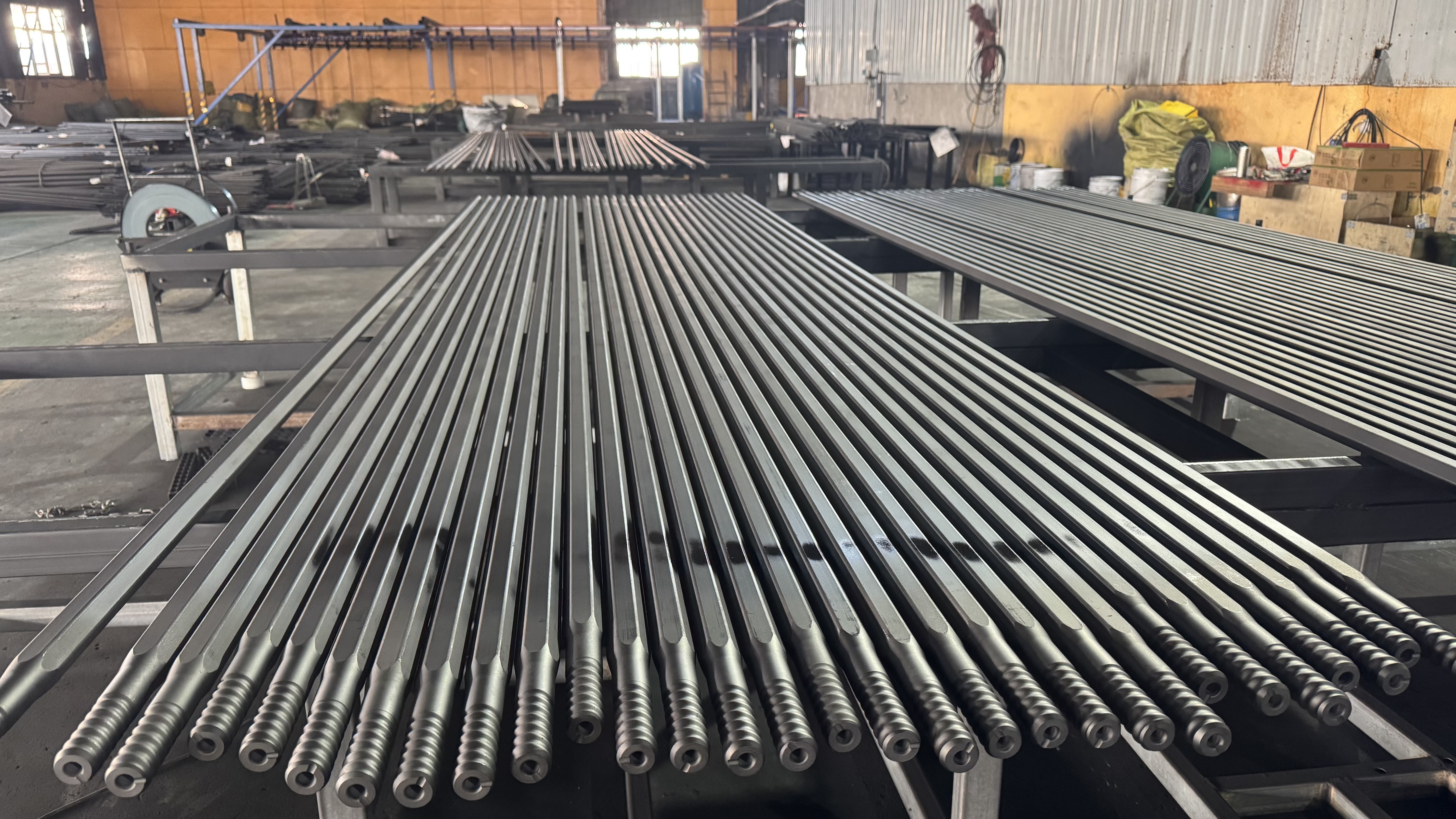rod tunneling
Rod tunneling represents a groundbreaking advancement in underground construction technology, offering a sophisticated approach to subterranean infrastructure development. This innovative method involves the systematic installation of steel rods beneath the surface, creating stable pathways for utilities and services without disrupting above-ground activities. The process begins with precise geological surveys, followed by the careful insertion of specialized drilling rods that create a pilot tunnel. These rods, equipped with state-of-the-art guidance systems, can navigate through various soil conditions while maintaining exceptional accuracy. The technology employs a combination of mechanical force and hydraulic power to advance through the ground, while simultaneously stabilizing the surrounding soil structure. This method is particularly valuable in urban environments where traditional open-cut excavation would be impractical or too disruptive. The system can accommodate different diameters and lengths, making it versatile for various applications including utility installation, pipeline construction, and telecommunications infrastructure. Advanced sensors and monitoring equipment ensure real-time tracking of the tunneling progress, soil conditions, and alignment accuracy, making it a reliable choice for critical infrastructure projects.


